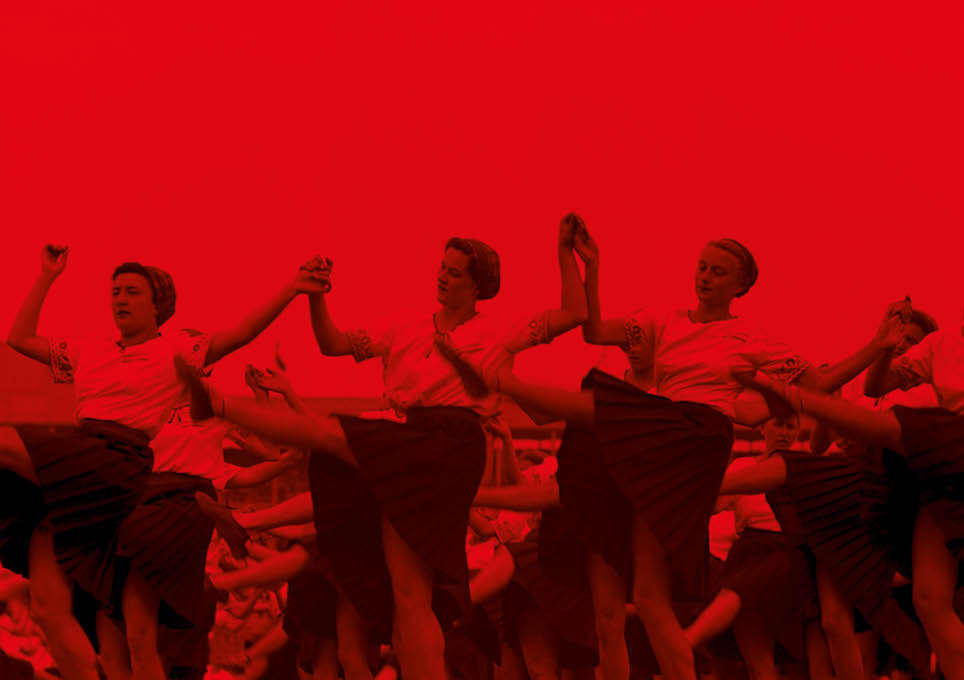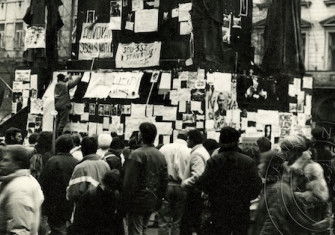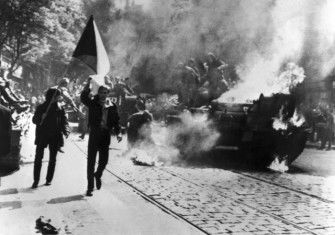Sokol: An Exercise in Czech Nation-Building
In the late 19th century a new trend captured the Czech people – gymnastics. But sokol was more than just exercise: a healthy body was a healthy nation, and the Czechs wanted independence.

In a sports hall on the edge of the crumbling Austro-Hungarian Empire, a group of Czech people met, young and old – all members of a new organisation called sokol. Sokol was an athletics movement whose clubs had appeared across central Europe from the 1860s onwards, popping up in provincial villages, industrial towns and medieval cities. There was talking, flirting and laughing in the room while the instructor opened a copy of the bestselling book Basic Gymnastics, written by the sokol founder Miroslav Tyrš, and double-checked the routine. Then the group gathered themselves and the exercise began. Lined in neat rows, the sokols adopted a fighting stance, punched their arms forward, kicked their legs out, turned, twisted back and pivoted to repeat the move facing in a different direction. By the time they finished they were flushed, out of breath and perspiring. But the meeting was not just for their fitness: the sokols were training for nation-building.







